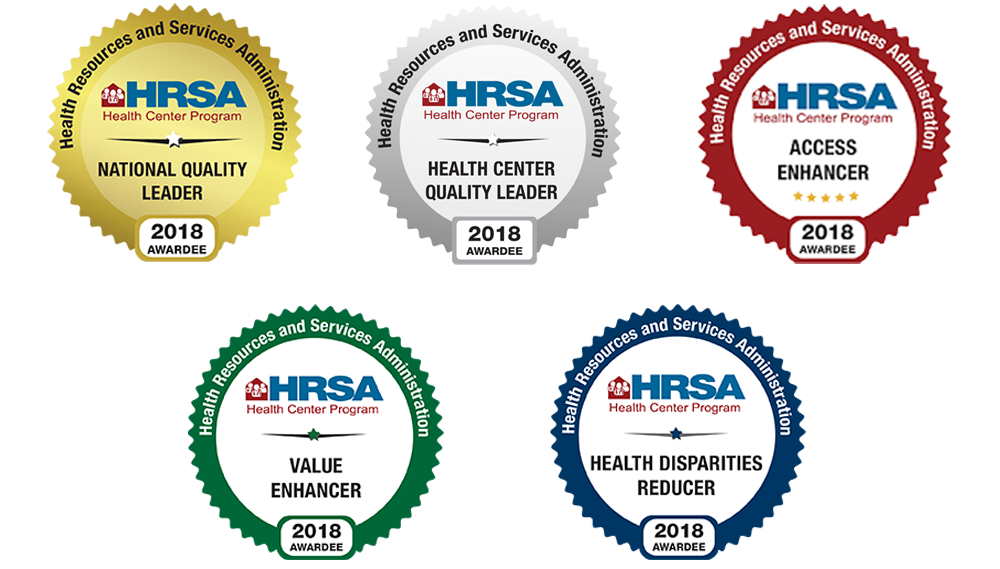Introduction
Middle ear infection, termed otitis media, is a common problem in infants and young children. They result from increased pressure and increased fluids in the middle ear. An earache is the primary symptom of middle ear infection. Most ear infections go away on their own within a few days. Chronic ear infections may be treated with antibiotics or drainage tubes that are surgically placed in the ears.
The ear is divided into three areas: the outer, middle, and inner ear. Your ear not only enables you to hear, but it plays a role in balance as well. Your outer and middle ear are separated by your eardrum.
Middle ear infections occur when the eustachian tubes become irritated and plugged or from increased fluid that collects in the middle ear. Middle ear infections commonly occur after a cold, sinus infection, or allergy. Infants or children that are exposed to tobacco smoke have an increased risk of middle ear infections.
Babies that are teething produce more saliva, which increases the risk of middle ear infections. Enlarged adenoids (glands in the throat) can contribute to middle ear infections as well.
Middle ear infection causes earache. Young children may be old enough to tell you that their ear hurts. Infants may become irritable, cry, and have trouble sleeping. Other symptoms include fever, decreased hearing, vomiting, and diarrhea.
Your doctor will review your child’s medical history, ask you about your child’s symptoms, and complete an examination. The inside of your child’s ear will be examined with an otoscope. An otoscope is a lighted device with a magnifying glass. If pus is present, a sample may be tested to determine what type of infection it is.
Tests may be conducted to check for fluid in the middle ear. A pneumatic otoscope delivers a puff of air inside the ear while the doctor checks if the eardrum moves or not. Fluid in the middle ear will prevent the eardrum from moving.
Tympanometry is another test to measure eardrum movement based on changes in air pressure. Acoustic reflectometry uses sound frequencies to provoke eardrum movement.
Most ear infections go away in a few days. You can help make your child more comfortable by applying warm compresses to the ear and using pain-relieving eardrops. Young children and infants should not receive aspirin. Ask your doctor to recommend an appropriate pain reliever for your child.
Antibiotics may be prescribed if a child’s condition does not start to improve within a few days. The American Academy of Pediatrics and American Academy of Family Physicians recommend the selective use of antibiotics to prevent the development of germs that resist or do not respond to the medication. Surgery may be recommended when middle ear infections fail to respond to antibiotics.
Myringotomy is a surgical procedure that creates a small opening in the eardrum to decrease pressure and increase fluid drainage. In some cases, a tiny tube (tympanostomy tube) is placed in each eardrum. Surgery may also be used to remove enlarged adenoids.
You may help prevent middle ear infections by reducing the risk factors that you can control. Teach your child good hand washing practices. Keep your children away from cigarette smoke. If you bottle feed, hold your baby in an upright position. Avoid having your child drink from a Sippy cup or bottle while he or she is lying down.
Untreated middle ear infections can lead to chronic ear infections that increase the risk of perforated eardrum. Hearing loss may occur. Children with hearing problems are at risk for delayed development of speech. Untreated infections can spread to the bones in the skull or brain.
Middle ear infections are not contagious. Young children that are in day care and exposed to others have a greater risk of catching a cold that leads to middle ear infection. Children that lie on their backs to drink from a bottle or Sippy cup have an increased risk of ear infection. Native Americans, Native Alaskans, and children with Down syndrome or cleft palate have an increased risk of developing middle ear infection.



